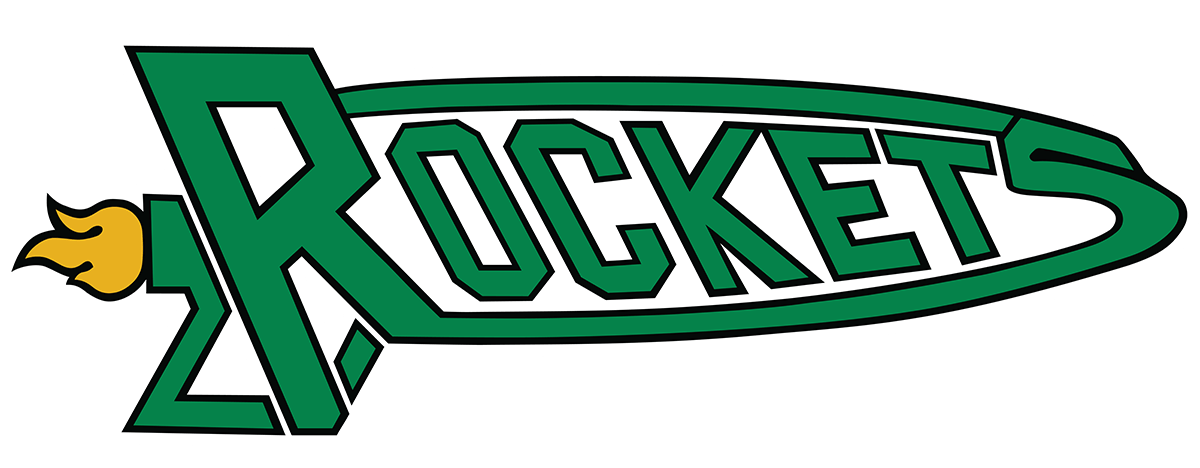🚀🔥🥚 BCS middle school science classes create unforgettable moments for students to learn through hands-on experimentation.
Such was the case for A.C. Reynolds Middle School students just before Winter Break. While learning about heat transfer, sixth graders teamed up to design and test ablative heat shields to see which group could keep an egg safe from a blowtorch for three minutes while using the least amount of material in the heat shield design. That’s exactly how NASA designs ablative heat shields to protect astronauts as they re-enter Earth’s atmosphere. These shields burn away and carry heat with them, keeping the spacecraft (and the people inside) safe. Later this school year, the students will learn about space, and they’ll be able to connect their egg experiment with real-life applications, said science teacher Jennifer Williams.
“This is a great activity that uses group work, cooperative learning, and creativity,” she said. “It’s a wonderful way to cap off a teaching unit.”
BCS science specialist Kate Whittier brought the experiment to life by building a special device to hold each group’s heat shield between the blowtorch and their egg. The drama unfolded as shields either glowed red-hot and burned away slowly or sometimes caught fire entirely. Using an infrared thermometer, Ms. Whittier recorded egg temperatures while students eagerly took notes and cheered on their creations.
“It was fun to watch which egg charred and which survived,” said Giovanni. “And I was surprised at what things burned and what didn’t.”
The experiment sparked curiosity about science, space, and problem-solving, all while giving students a hands-on opportunity to experiment and learn together.

